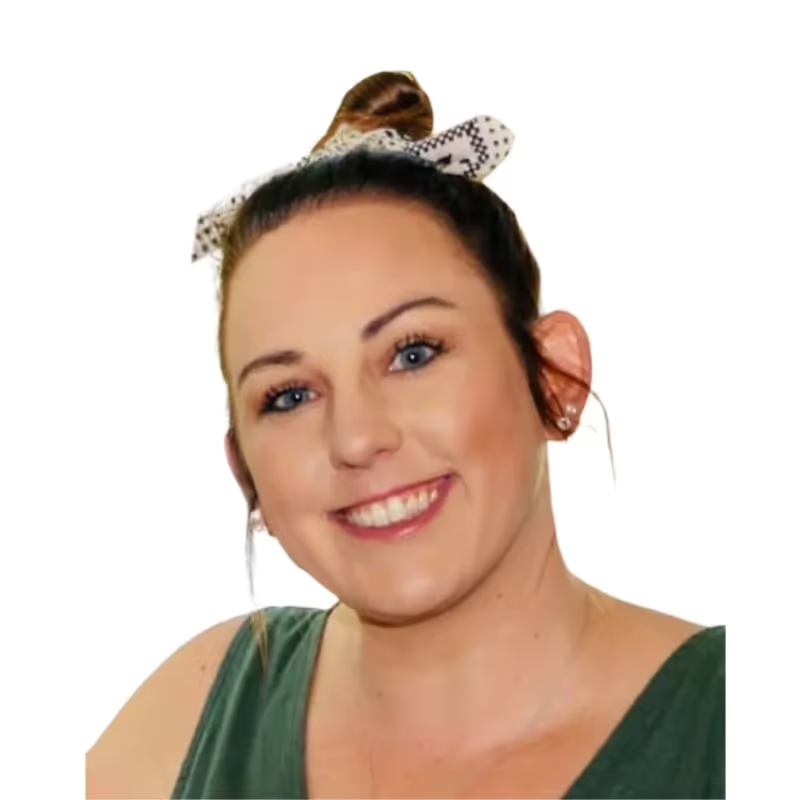I had the pleasure of sitting down with movement disorders neurologist and Parkinson’s expert, Dr. Ray Dorsey, for a conversation about the role trichloroethylene (TCE) plays in the growing incidence of Parkinson's disease (PD).
Neurological diseases are the leading cause of disability in the world, and among them, PD is the fastest-growing. Worldwide the incidence of PD has doubled to over six million in the last thirty years and is expected to double again by 2040. In the US alone, 90,000 people are being diagnosed each year. Sadly, the number of Americans with PD is expected to rise to 1.2 million by 2030.
Who gets PD and where do they live? This map published in Nature shows the geographical variation in the incidence of PD across US counties. Dr. Dorsey hypothesizes that there is a correlation between PD and the communities with the highest environmental toxicant exposures including TCE.
The Toxic Role of Trichloroethylene (TCE)
TCE is a colorless, chemical compound that is commonly used in military, industrial, commercial, and consumer applications. During our conversation, Dr. Dorsey shared some startling facts about TCE:
- Ten million Americans worked with TCE in the 1970s
- One-third of US cities had TCE in the drinking water in 1980s
- TCE is commonly used as a metal degreaser, in dry cleaning and carpet cleaning solvents, et al
- TCE was a surgical anesthetic commonly used in obstetrics and to decaffeinate coffee until the Food and Drug Administration banned it in 1977
- The EPA estimates that 250 million pounds of TCE are used annually in the US
- A twin study found that occupational or hobby exposure to TCE in one twin was linked to a 500% increased risk of PD when compared to the other twin
- TCE contaminates half of US Superfund sites
Superfund sites and TCE
Demonstrating the concordance between Parkinsons and TCE, Dr. Dorsey reflected: “[w]hen a patient tells me about a possible exposure, I google their location and almost always find a contaminated site.”
More than 400 Superfund sites have TCE contamination that can spread into the groundwater and threaten the drinking water supply. For example, Silicon Valley is the home to the highest concentration of NPL Superfund sites in the country. The culprit? TCE is used to clean silicon wafers and the waste contaminates the groundwater. Decades later, much of that cleanup still isn’t complete.
Until these sites are remediated, the EPA acknowledges that toxins like TCE can travel from the contaminated ground and groundwater into the air in buildings and homes via vapor intrusion, where this invisible toxin is unknowingly inhaled by people. Dr. Dorsey shared that his parents’ idyllic neighborhood in Newport Beach is considered one of California's largest residential communities affected by vapors from legacy TCE contamination:
“This is one of the wealthiest parts of the entire United States. If this is happening in a resource-rich area, imagine what’s happening in a resource-poor area.”
Veterans and their families are exposed to TCE
Many Superfund sites are located at military bases, where there is an increased risk of TCE exposure for our service members and their families. TCE is a powerful degreaser that is used to clean machinery parts and military equipment and in anti-corrosive paint on Naval vessels. A recent study published in JAMA Neurology compared the incidence of PD between Marines and Navy sailors serving at Camp Lejeune in North Carolina and those serving at Camp Pendleton in Southern California. The service members at Camp Lejeune had higher levels of toxic TCE in their water supply, and their risk of PD was 70% higher.
It’s not only service members who may have been affected. Dr. Dorsey shared the story of Brian Grant, a former NBA star who was likely exposed to TCE as a three-year-old while his father was stationed at Camp Lejeune. Grant drank, swam and bathed in the TCE-laden water. Ultimately, testing revealed that the water contained TCE levels that were 280 times higher than current safety standards. Although the evidence is circumstantial, over three decades after his exposure, Grant was diagnosed with early-onset PD at just 36 years old.
Based upon the growing body of evidence, the US Department of Veterans Affairs has acknowledged that Parkinsons is one of the eight presumptive medical conditions linked to the drinking water at Camp Lejeune.
Regulations governing TCE
There is broad consensus among researchers and regulators that TCE is carcinogenic to humans, and is associated with various types of cancer like Non-Hodgkin's lymphoma, leukemia, multiple myeloma, kidney, liver, bladder and esophageal cancer. But the link with neurodegenerative diseases has not been studied as extensively, most likely because the exposure to TCE often predates the neurological symptoms by decades. Thus, some people may unknowingly live or work at contaminated sites most of their lives before developing symptoms of Parkinsons.
In January 2023, the US Environmental Protection Agency warned that TCE poses an “unreasonable risk to human health.” This warning lagged behind the European Union where TCE has been banned in several countries. And despite the EPA’s warning, in the US, only two states—New York and Minnesota—have banned TCE.
What can you do to minimize your risk of toxic TCE exposure?
There is no medical treatment proven to remove TCE from your body but Dr. Dorsey emphasized the importance of avoiding exposure to TCE.
- Know what’s in the products you use. Avoid using degreasers, cleaning and furniture care products, paints, arts and crafts, spray coatings and automotive care products containing TCE.
- Test your water or check your neighborhood’s water supply on this interactive map. In tests conducted in 2015, TCE contaminated public water systems in 36 states serving an estimated 14 million Americans. You can try limiting your TCE exposure by using a carbon filter on any water you drink
Check air levels. A remediation contractor can test the building for TCE vapor intrusion and help you minimize ongoing TCE exposure; but one common option is to use an air filtration system.
What can the Parkinson’s community do?
Dr. Dorsey shared his belief that we have a moral obligation to change the meteoric incidence of PD for future generations:
“Parkinson’s is, to a large extent, a man-made disease, and to the extent it is a man-made disease, it can be a human-ended one.”
To accomplish this lofty goal, following are some of his recommendations:
- Ban TCE - Minnesota and New York have already taken this step
- Clean up contaminated sites
- Educate the public about the risks of TCE exposure
- Conduct more research about the role that environmental toxins play in brain diseases like PD
- Listen to patients
Dr. Dorsey forecasts that we could advance the science of Parkinsons if physicians asked more questions and documented patients’ exposures:
“[W]e should listen to our patients more. In medicine, we often move from diagnosis to treatment without considering the cause. The vast majority of people with PD do not have a family history of the disease or carry an identifiable genetic risk. Listening to their life stories or occupational histories can help identify TCE or other factors contributing to PD and could help develop etiology-specific treatments. This information… can advance our understanding of the potential causes of this debilitating and likely very preventable disease.”
At Synapticure, we align with Dr. Dorsey’s goal to create a world where PD is “increasingly more rare, not increasingly more common.”
Want to learn more? Check out Dr. Dorsey’s book, Ending Parkinson’s Disease: a Prescription for Action.
Speakers: Movement Disorder Specialists in Parkinson’s Disease
Dr. Ray Dorsey, MD is the David M. Levy Professor of Neurology at the University of Rochester. Through novel applications of technology, he and his colleagues seek to enable anyone anywhere to receive care, participate in research, and benefit from therapeutic advances. Broadly, he is working to identify and eliminate the root causes of Parkinson's disease.
Dr. Jaime Hatcher-Martin, MD PhD is the Chief of the Movement Disorders Clinic at Synapticure. Prior to joining Synapticure, Dr. Martin practiced at Emory University and SOC Telemed, then started her own telemedicine clinic for patients with movement disorders in 2016. She is a Fellow of the American Academy of Neurology and on the Telemedicine Study Group for the International Parkinson and Movement Disorder Society. She also co-authored the American Academy of Neurology's position paper on Telemedicine. Dr. Hatcher-Martin earned her PhD studying the environmental toxins associated with Parkinson’s Disease.
To schedule an appointment with Dr. Jaime Martin to talk about your Parkinson’s care from the comfort of your home, contact Synapticure.
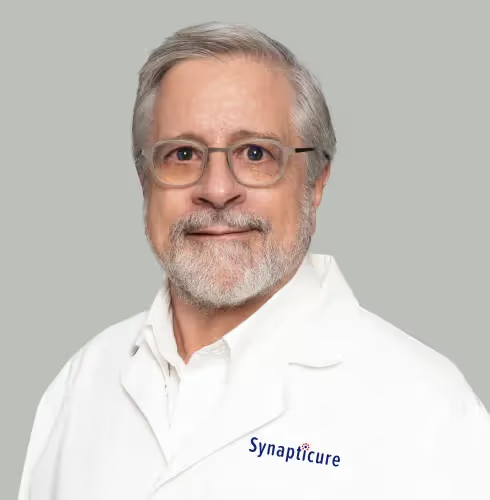

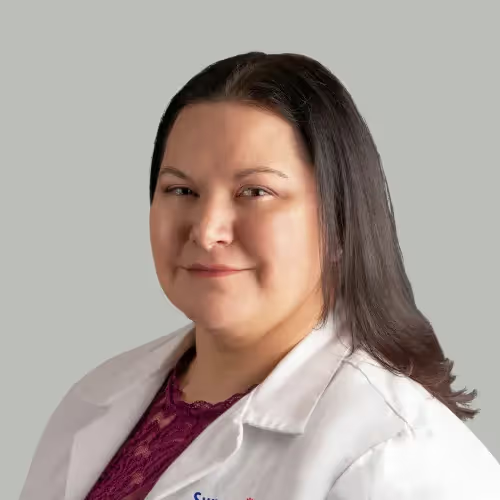



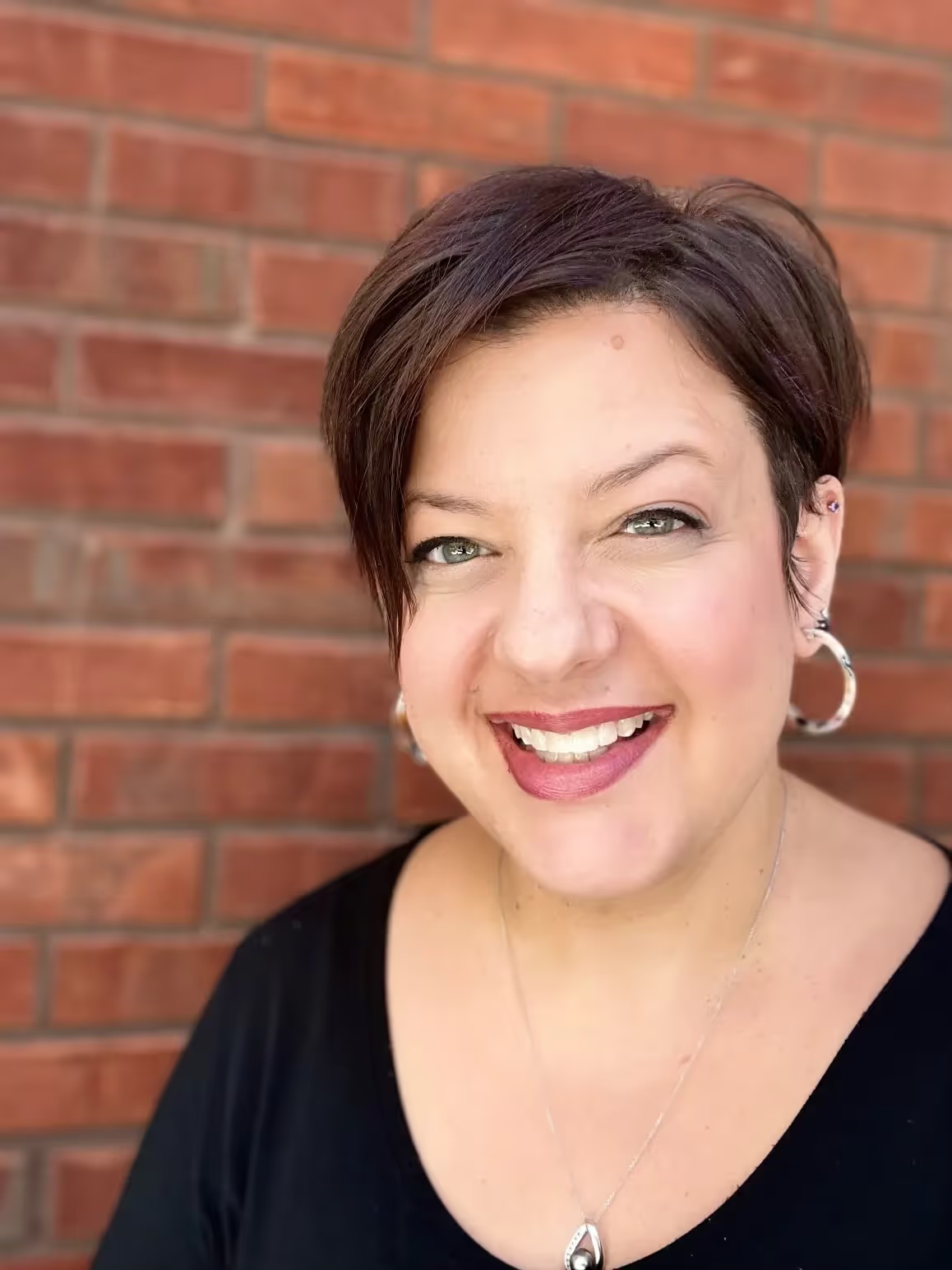
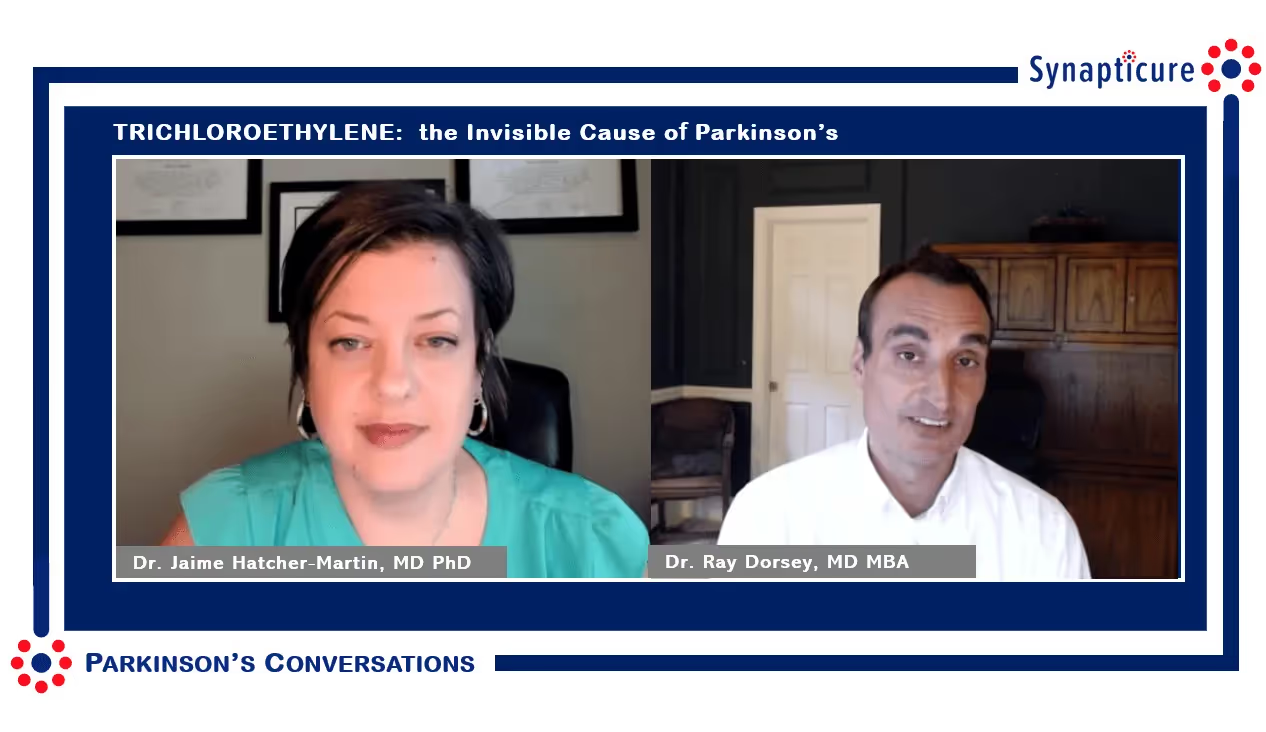




.png)

